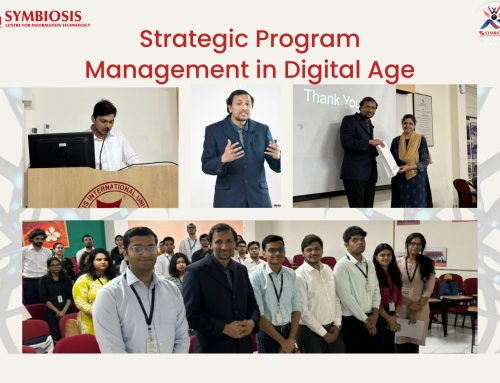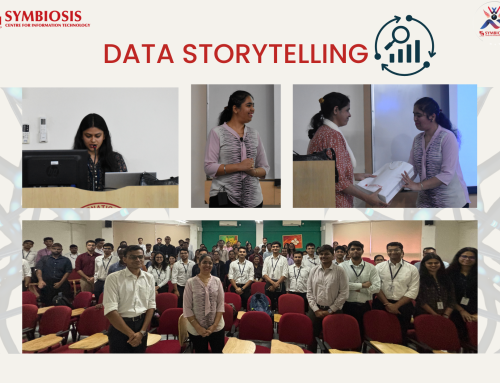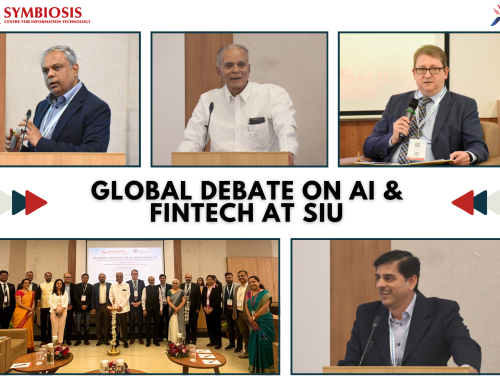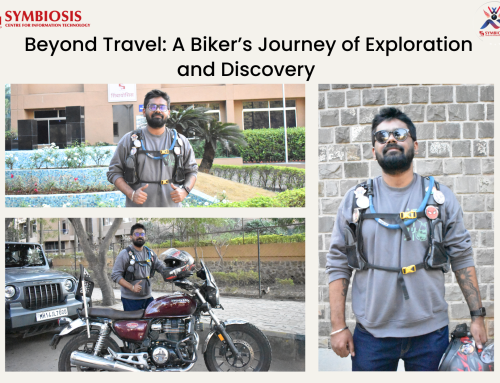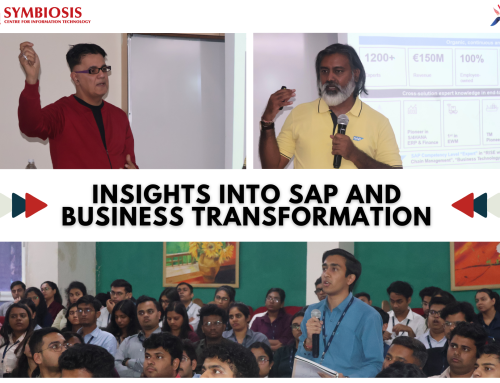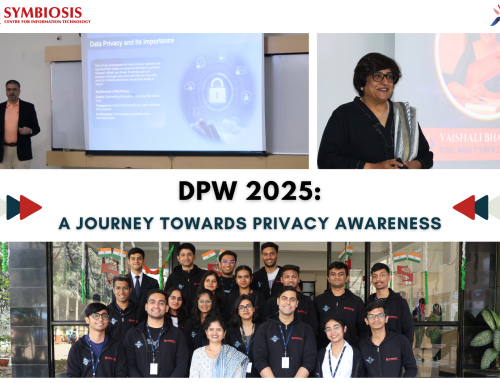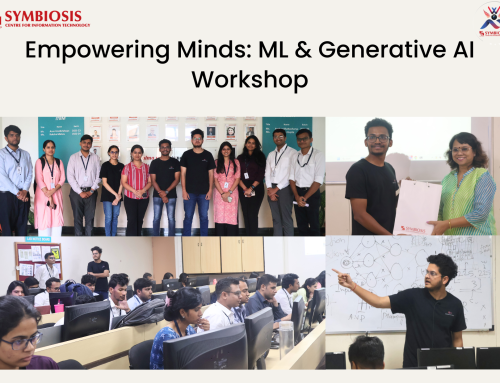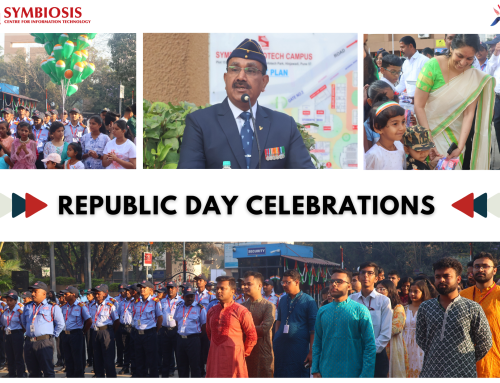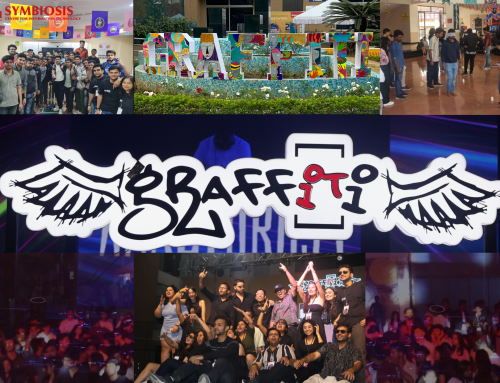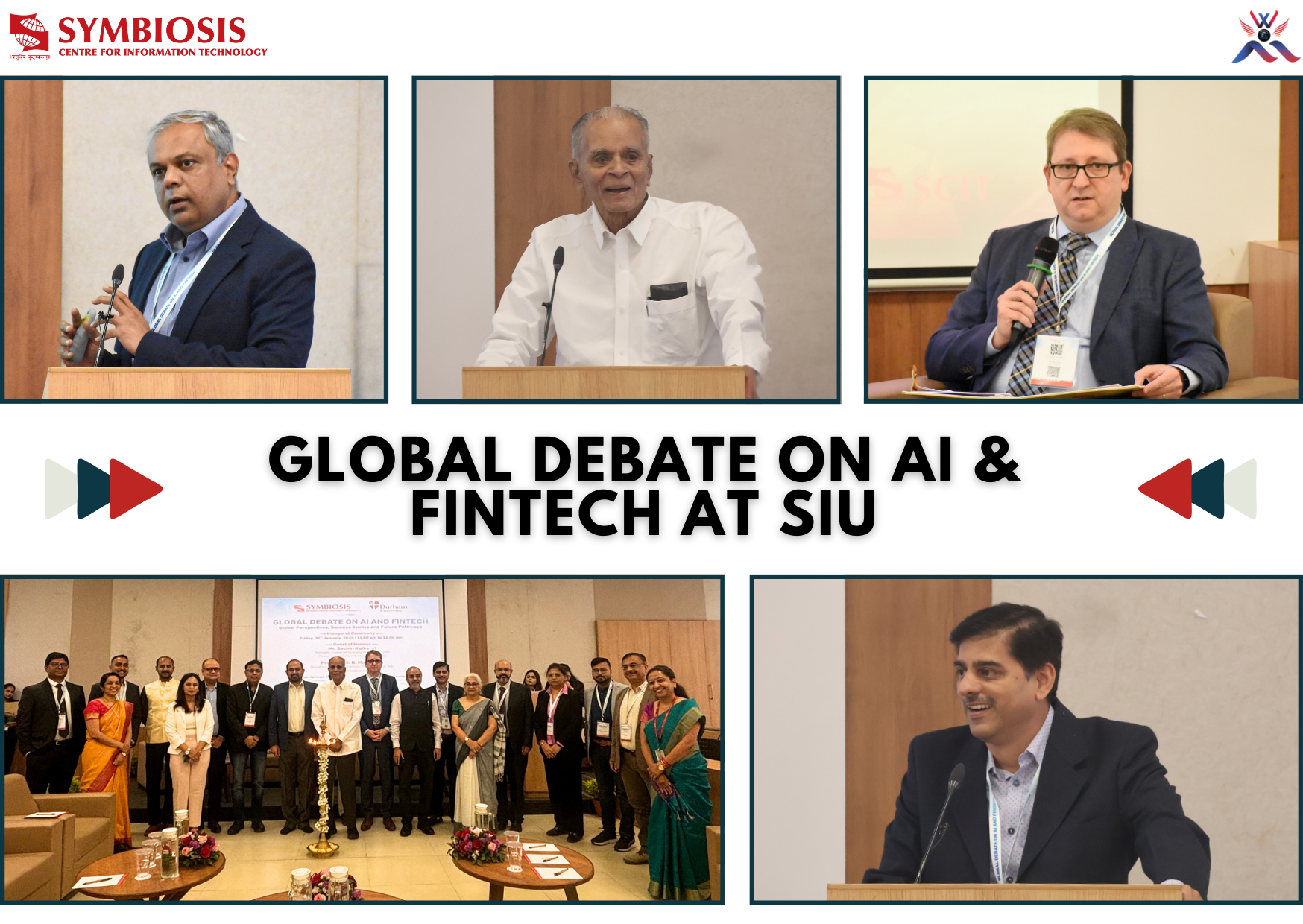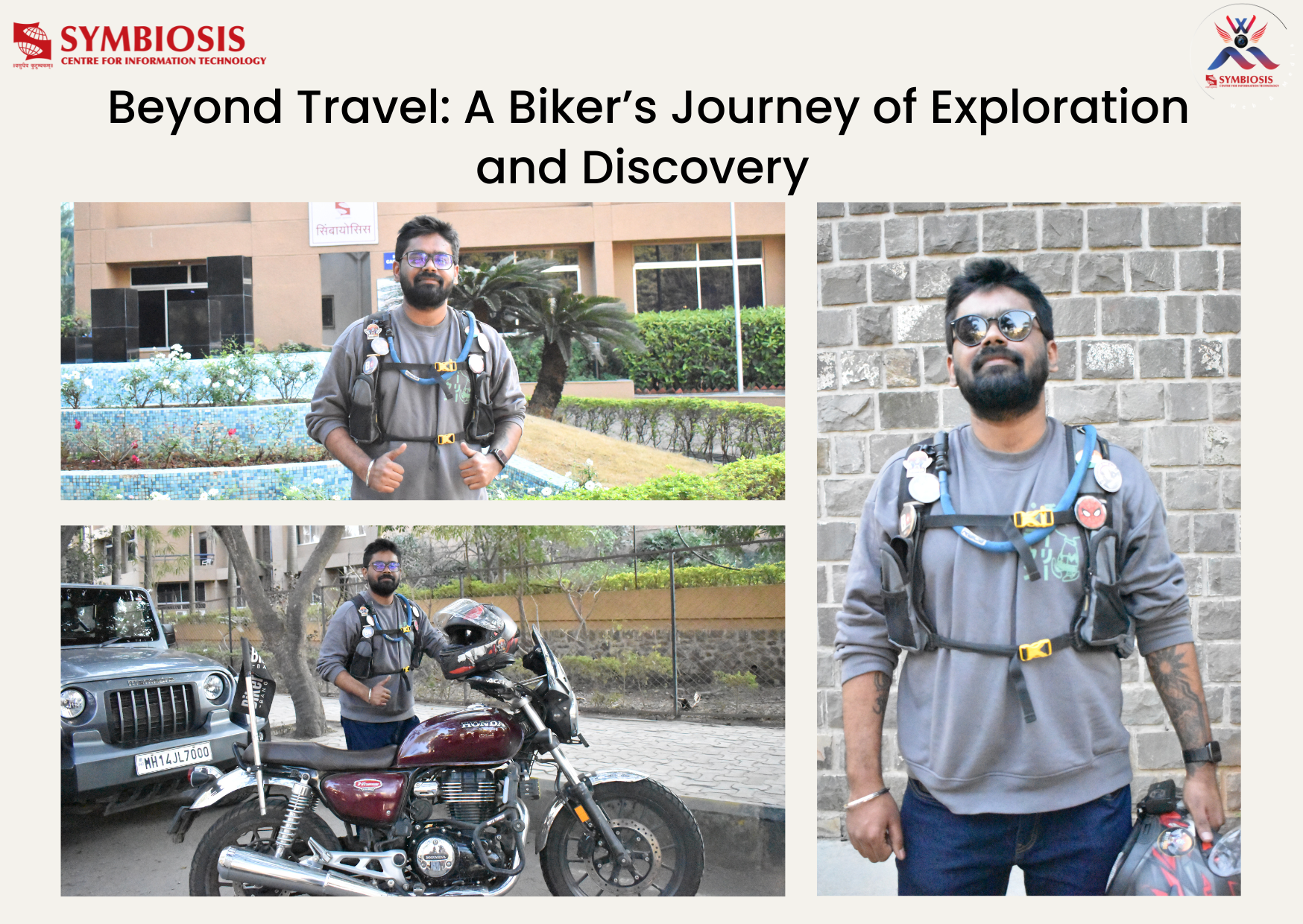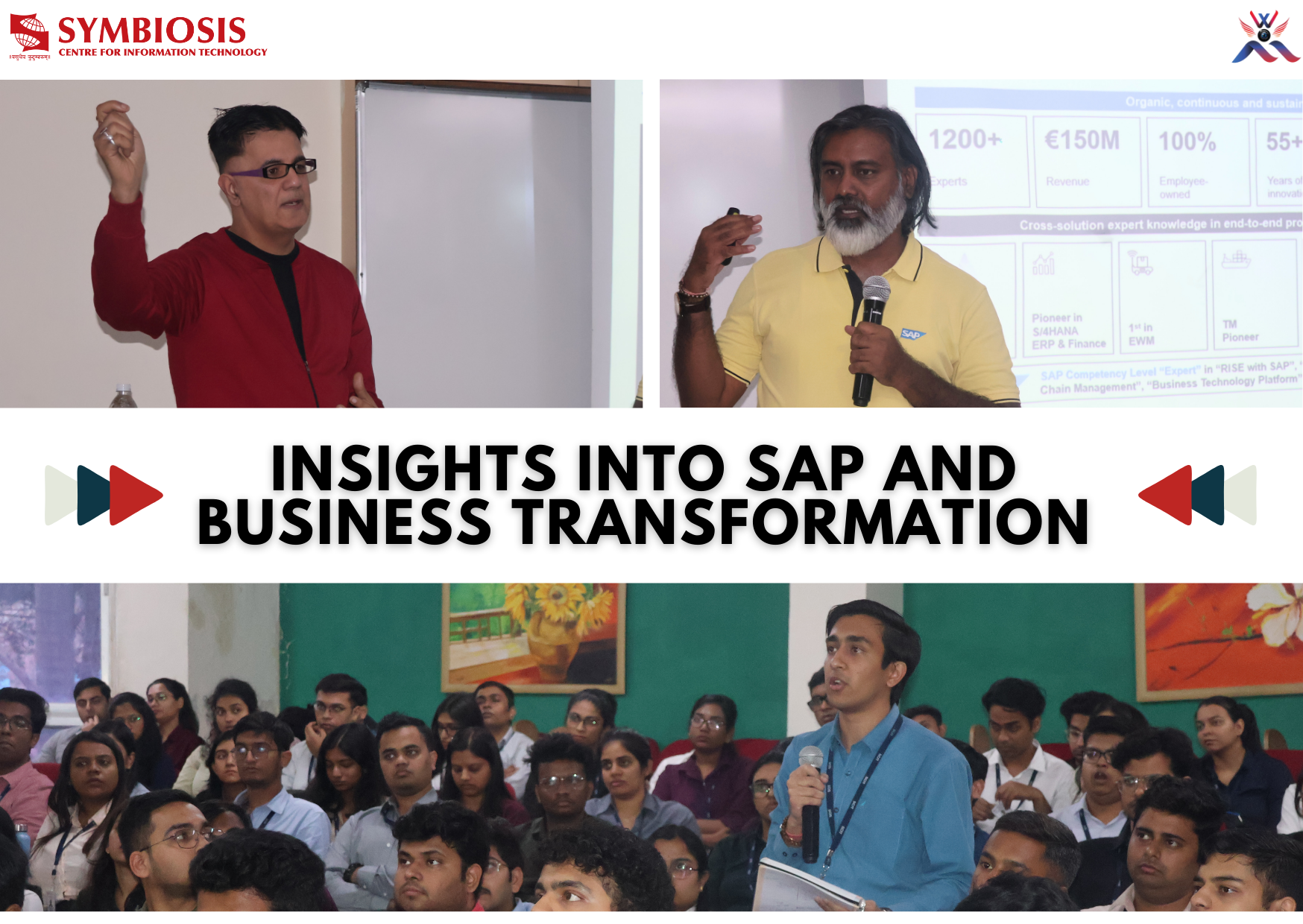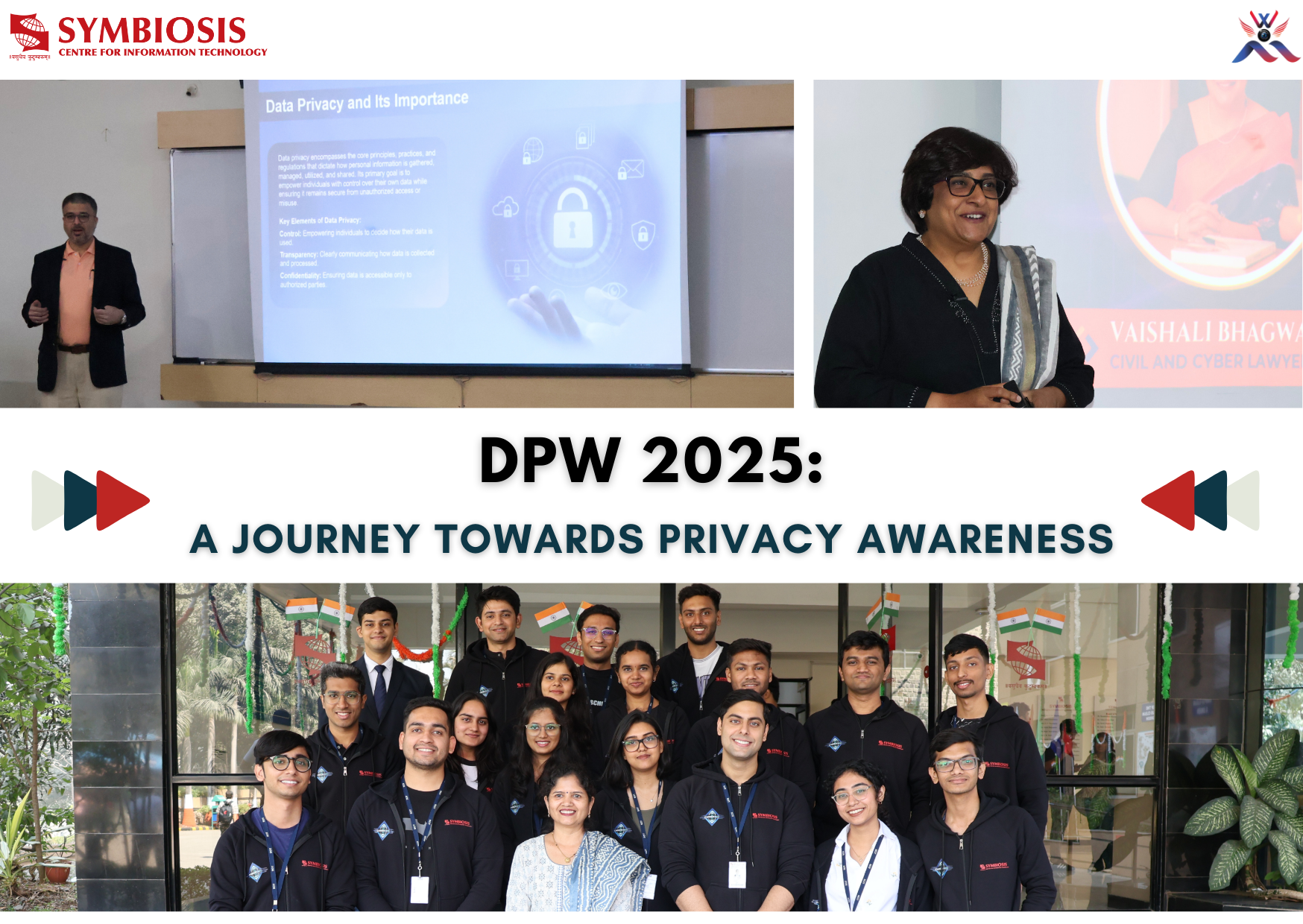Guest Lecture on Problem Solving in a Complex World- The Consulting Way

SCIT organized a guest lecture on ‘Problem solving in a Complex World’ on 15th July, 2017. The speaker for the event was Mr. Tushar Oka who has 6 years’ experience in consulting and is a Sr. Manager with Deloitte. He reminisced his time in the campus when he was a student at SCMHRD and said that he always feels happy whenever he gets a chance to come back to this campus.
He started off the session by asking students what they understood by the term ‘Consulting’. By quoting Peter Drucker he explained that consulting is a 3 step process which includes ‘Hypothesis’, ‘Solution Building’ and ‘Story Telling’. He also said that the biggest problem that a consultant faces is ‘what to solve’. The speaker then went on to explain each of the 3 steps in detail.
He explained that ‘Hypothesis’ is the starting point to all the analysis that consultants perform. The traits of a good hypothesis are that ‘it can be tested’, ‘is specific enough’ and is ‘targeted at a solution’. Also there are 2 principles which are followed for generating hypothesis where, the first one being that they are mutually exclusive and second being that they are collectively exhaustive which the speaker explained using a Venn diagram.
The speaker then went on to explain the second process i.e. ‘Solution building’. He explained that there are five factors ‘Inside-Out VS Outside-In view’, ‘Customer View’, ‘4P’s’, ‘Market View’, ‘People, Process and Technology’ which are necessary in developing a solution and the absence of any one factor will lead to issues in the consulting process.
The third process i.e. ‘Story Building’ is the last phase of the consulting process. The speaker explained that a storyline is a series of statements that together bring out the overall message. It consists of four steps which help in the development of the story telling namely ‘recording occurrence of events’, ‘ordering them in sequential order’, ‘checking the feasibility’ and ‘presentation’.
The speaker used variety of case studies to help the students understand how to go about the consulting process.
The session ended with a question and answer session. A video was also shown by the speaker in the end that explained how one organization is successful than other similar organizations in a market. He explained that successful organizations always answer the ‘Why’ part of the business objectives. They address ‘Why’ they are building the product. Whereas the other similar and not so successful companies only answer the ‘Whats’ i.e. what are they building and the ‘How’s’ i.e. how are they building the products but not ‘Why’. The ultimate goal of ‘Consulting’ is to make your clients answer and understand the value of ‘Why’.
By the end of the interactive session the students were able to understand how the consulting world works and how to apply the techniques taught in the real business scenario which will be very helpful in their career.

